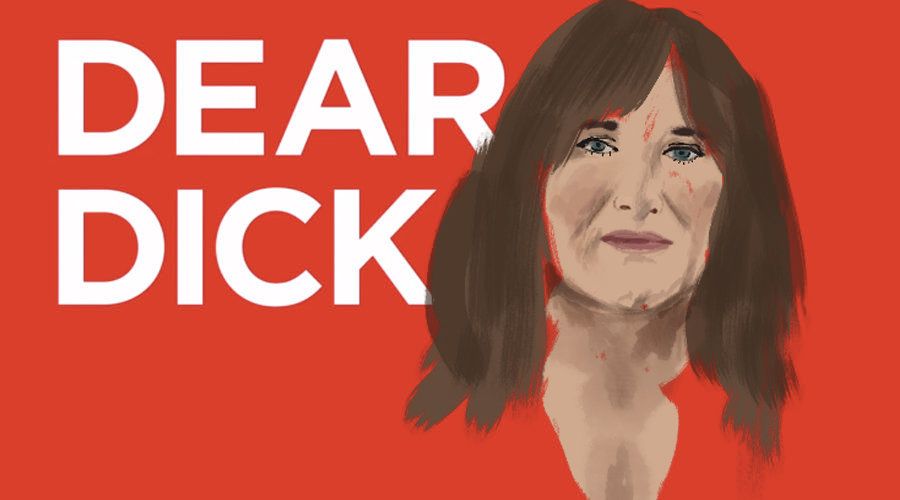Warning: This article contains nudity and may not be appropriate for work.
“Most films made by women aren’t that good,” Dick (played by Kevin Bacon) says in the pilot episode of the Amazon series “I Love Dick.” Dick makes this unprompted assertion to bonafide woman filmmaker Chris Kraus (Kathryn Hahn) while out to dinner with her and her husband. Kraus, quite understandably, is wildly frustrated, and somehow quite aroused.
“See,” Dick continues, “I think it’s really pretty rare for a woman to make a good film because they have to work from behind their oppression, which makes for some bummer movies.”
In response, Kraus begins rattling off the names of her cinematic heroines ― Sally Potter, Jane Campion, Chantal Akerman ― as clips of the filmmakers’ work flash briefly onscreen. The dizzying whoosh of images offers a brief glimpse at the pioneering women who have informed Kraus’ artistic point of view.
“I Love Dick” is a series based off Chris Kraus’ pioneering 1995 book of the same name, created by “Transparent” showrunner Jill Soloway and written by an all-women writer’s room. Like its source material, the show is a manifesto for female desire and creativity. Over the course of the show, Kraus finds her voice as an artist and a woman, her newfound, unabashed power of expression igniting the other creative women in her midst. “I Love Dick” acts as a sort of flame, sparking the viewers ― and, potentially, a next generation of artists ― into action.
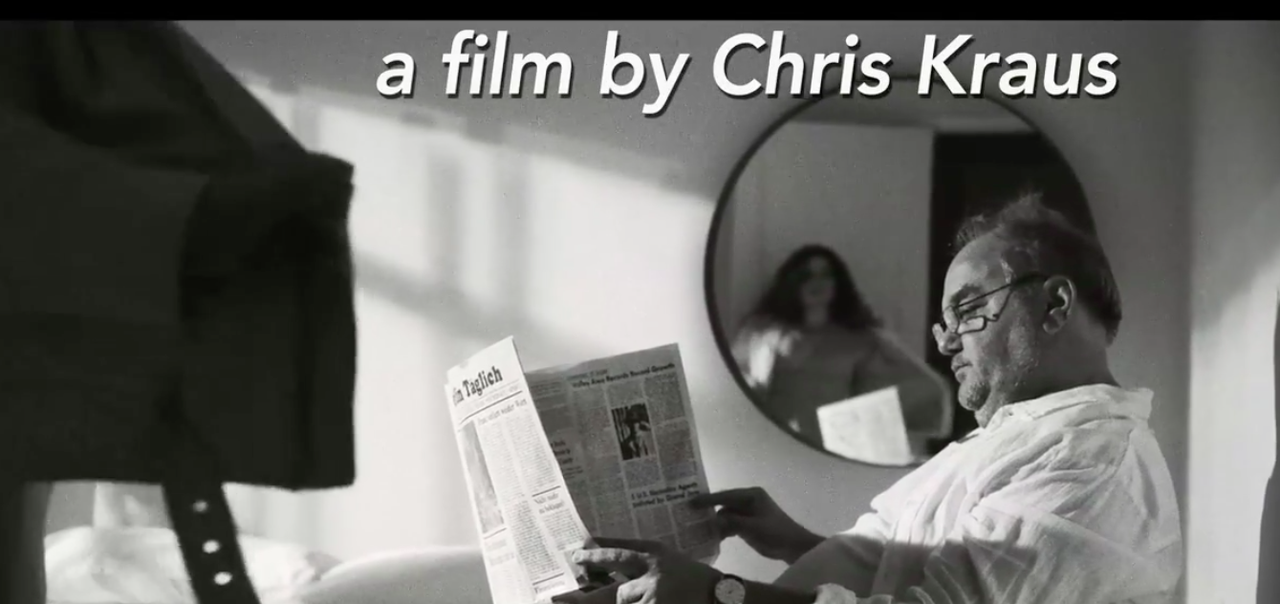
The show does so by paying tribute to the women who paved the way first ― who did so without permission or even recognition, whose achievements made a character like Chris Kraus, with her hopes and dreams and vision, possible. Writer and director Logan Kibens served as a consulting producer on set, curating the homages that appear in brief and tantalizing clips throughout the show, offering a truncated survey of feminist film history.
“It starts as a response to Kevin Bacon’s statement in the pilot that women can’t work from outside their oppression,” Kibens told HuffPost. “He challenges Chris and says women can’t be good artists. That moment felt to me like a calling of the ancestors. We’re ready to go into battle and address this question.”
The film clips that appear are thematically linked to what’s happening in the show at the times they emerge, highlighting the real-life artists whose work came before.
“I was responding to the scripts as they were coming in,” Kibens said. “It was like a really hard crossword puzzle. Every piece had to relate to one of the main characters and what she was going through while keeping in mind the theme of the show. Taken together, the clips offer a short history of women in film.”
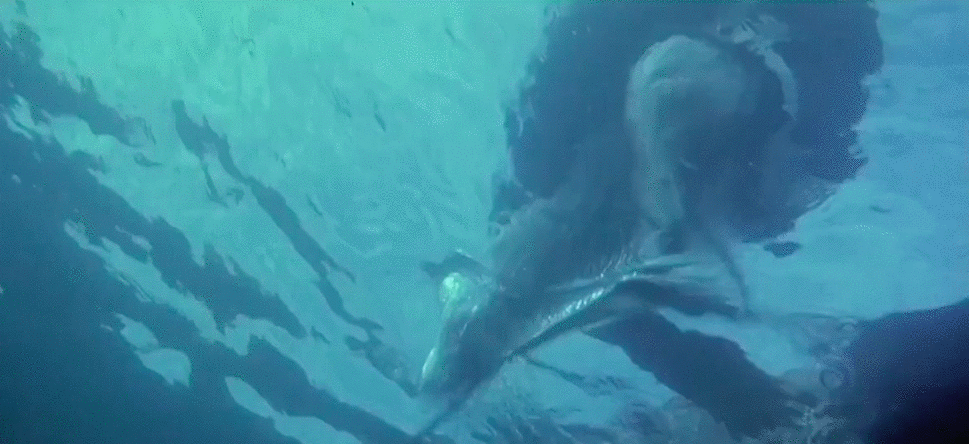
Taken from films that date between 1964 and 2012, the clips are culled from film, dance, pornography, and video and performance art. They feature iconic feminist artists like Marina Abramovic and Carolee Schneemann and contemporary luminaries like Petra Cortright. The clips loudly reject Dick’s hypothesis that women don’t make good films, showing that women have long been making work that is provocative, sensual and rigorous, even if men have chosen to look the other way.
In an interview with HuffPost, Jill Soloway explained her desire to remix the recipe of a television show, departing from the tired blueprint of storytelling from a male perspective. “We can do anything with TV we want to,” Soloway said, “including using it as a crucible to show off the work of all these women who have never been known or seen.”
Incorporating a loosely connected network of female voices, Soloway and Kibens disrupt the tradition of the singular male storyteller. Instead of even relying on Kraus’ lone voice to tell the story, Soloway invites the spirits of her collaborators and influences into the fold, creating a collaborative collage that refuses to converge at a single point.
“I’m trying to experiment with what we can do with TV,” Soloway said, “using sampling, almost like hip-hop, to bring these other voices in to tell this story.”
Watching the show, it’s easy to be hypnotized by these brief forays into the history of feminist art. It’s also almost inescapable to want to learn more. So we’ve compiled a guide to the clips featured in “I Love Dick,” arranged by episode, so you can begin your feminist film education. See the clips listed in order below, with commentary provided by Kibens.
Episode 1:
“Orlando,” Sally Potter (1992): A British film, based on Virginia Woolf’s novel Orlando, starring Tilda Swinton. Watch it here.
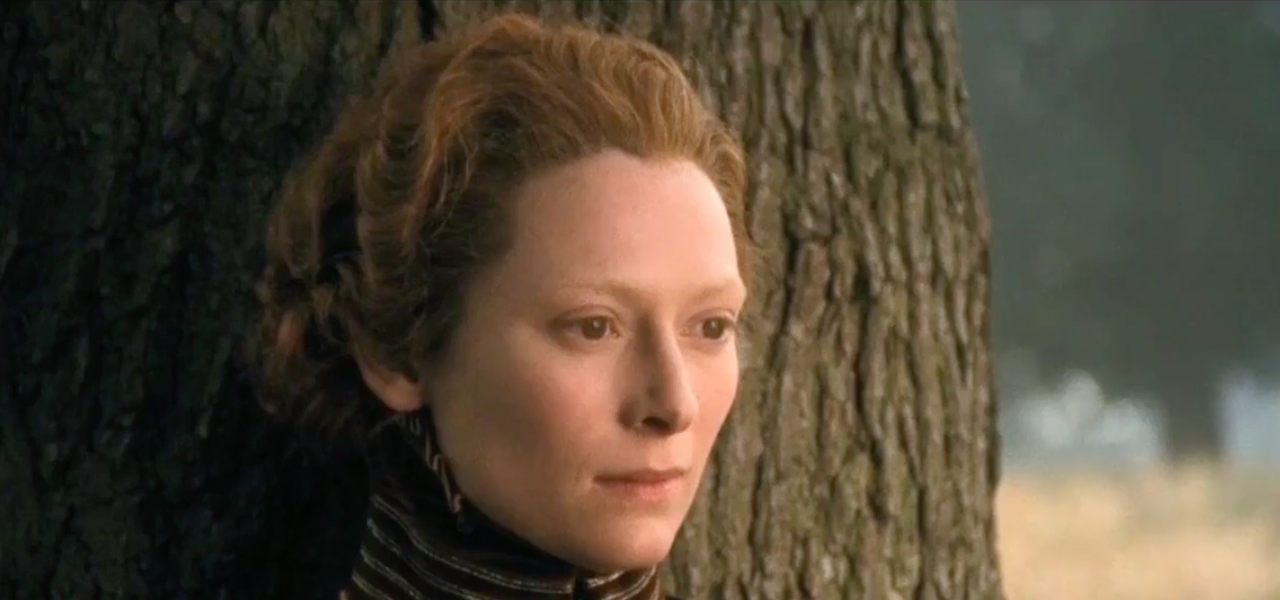
“The Piano,” Jane Campion (1993): A New Zealand film about a mute piano player and her daughter, starring Holly Hunter. Watch it here.

“Jeanne Dielman, 23 Quai du Commerce 1080 Bruxelles,” Chantal Akerman (1975): An arthouse film about a single mother, who is also a sex worker, that’s been dubbed the “first masterpiece of the feminine in the history of the cinema.” Watch it here.
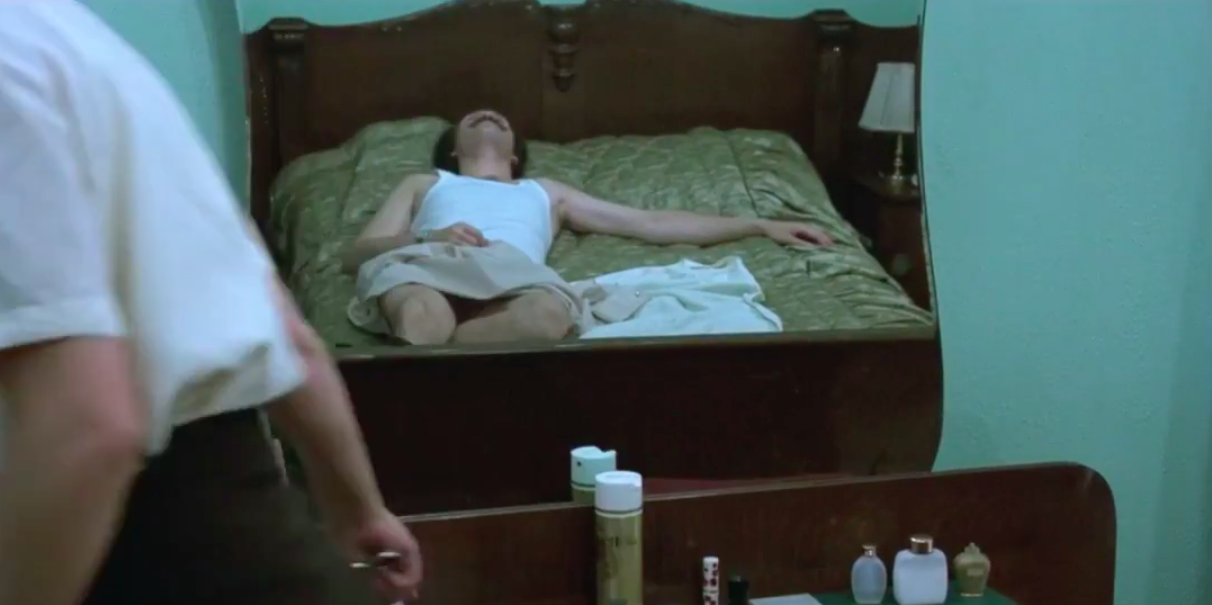
Kibens: “Chantal Akerman was someone I initially thought of. She was deeply important to me. I admire how much she pushed against her critical response. She would get negative pushback because her work was difficult to understand, but she really stayed true to her voice. That struggle and stubbornness and purity of vision was an interesting parallel to Chris’ journey. Chris is this woman who was really beaten up by outside perspective, who needs to find herself from the inside. She’s trying to get past the noise.”
Episode 2:
“Je, Tu, Il, Elle,” Chantal Akerman (1974): A French-Belgian film whose plot might be best summarized by the Criterion Collection as centering on “an aimless young woman who leaves self-imposed isolation to embark on a road trip that leads to lonely love affairs with a male truck driver and a former girlfriend.” Watch it here.
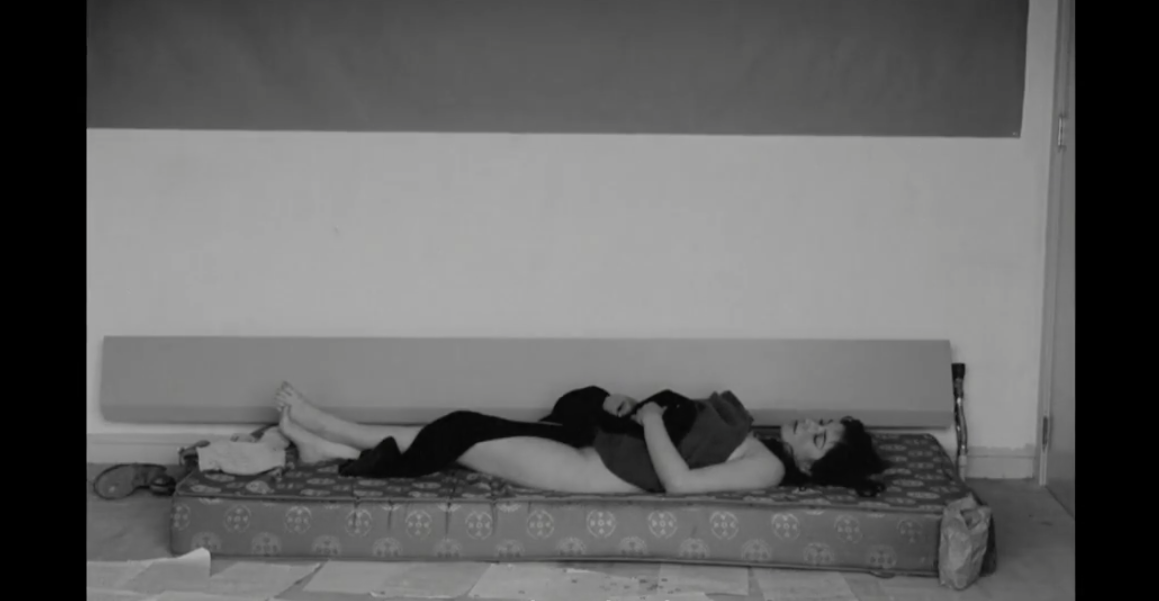
Episode 3:
“Head,” Cheryl Donegan (1993): A short video that’s been described as “an exemplary piece of post-MTV neo-porn.” Watch it here.
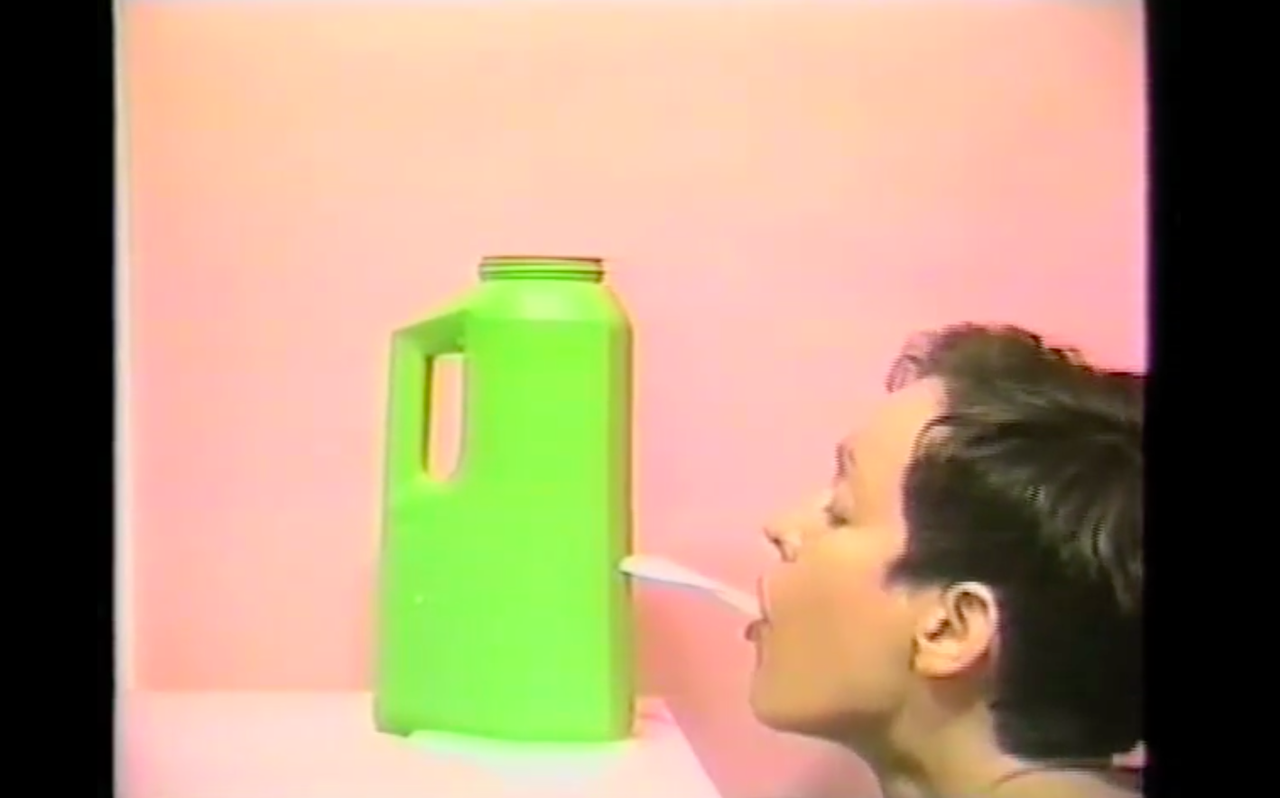
”Fuses,” Carolee Schneemann (1964–66): A self-shot erotic film that, according to The Guardian, “succeeds perhaps more than any other film in objectifying the sexual streamings of the body’s mind.” Watch it here.
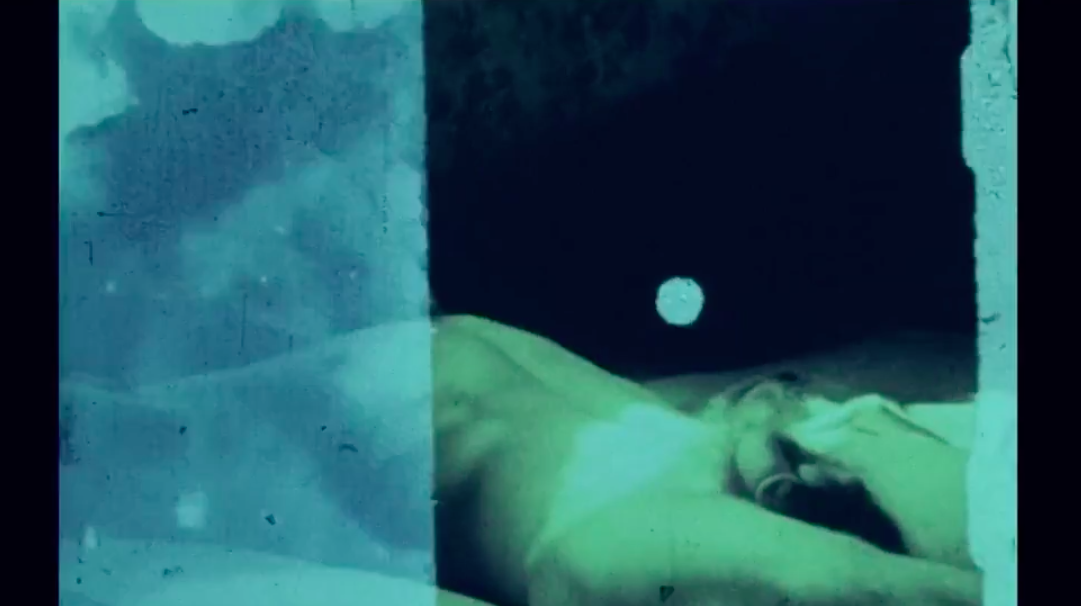
Kibens: “Carolee is somebody who is cited in the book, who was there during the time of the real events that inspired Chris Kraus when she was writing. ‘Fuses’ is exactly what we wanted to do with ‘I Love Dick,’ shifting the gaze. That film is so intimate and sexual and tactile and so much about the female perspective of a sexual relationship. The way Carolee turns her camera onto her and her actual partner at the time, using these tools that often feel reserved for a male gaze. There is only a brief moment of it in the show, so I hope people are able to watch more on their own.”
Episode 4:
“Trick or Drink,” Vanalyne Green (1984): The film “offers an intimate and provocative look at the different forms addiction takes on as it’s passed among generations of family members.” Watch it here.
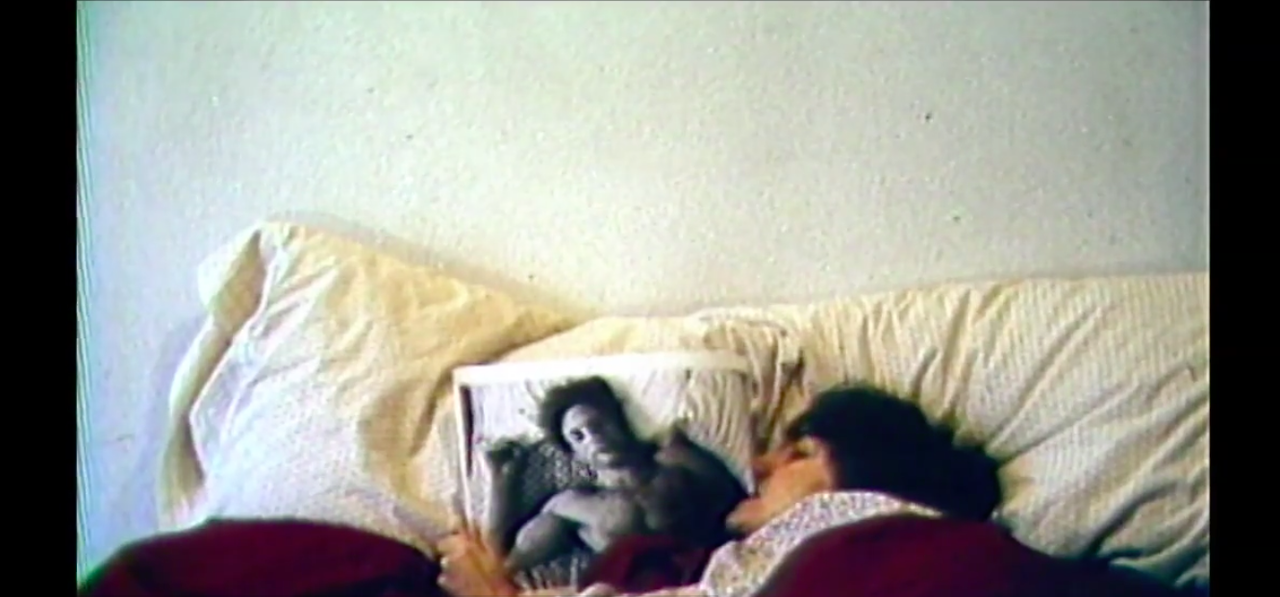
Episode 5:
“Removed,” Naomi Uman (1999): A short film that “brilliantly intervenes in the scopophilic pleasure of visually consuming women’s bodies on screen by literally erasing only the women’s naked bodies from the frame.” Watch it here.
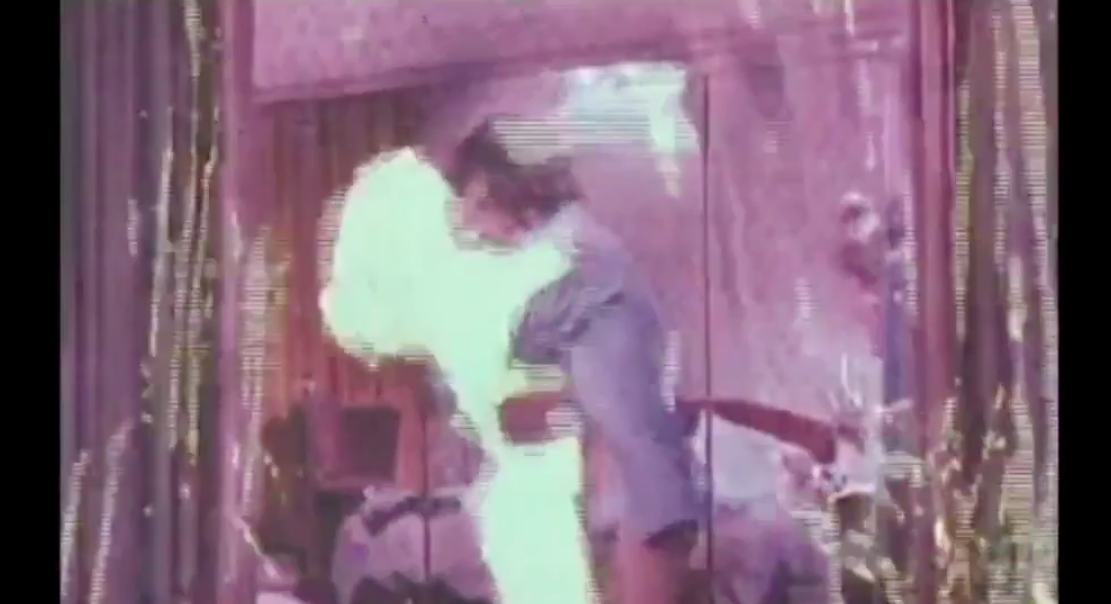
Kibens: ”Naomi went to CalArts for her MFA, and ‘Removed’ emerged from a piece of film stock she found in a projection booth there. She did this procedure on it where she took nail polish remover and removed every female figure. It’s this image that is immediately really clear and evocative. It’s playing with 1970s porn, which a very heavy, aggressive, male gaze. Naomi subverts that. What do you do when you just have the gaze and you no longer have the body? This kind of porn was already basically erasing the female figure, so what happens when you actually erase the female figure?”
“Leche,” Naomi Uman (1998): The short documentary film focuses on the lives of a rural Mexican family.
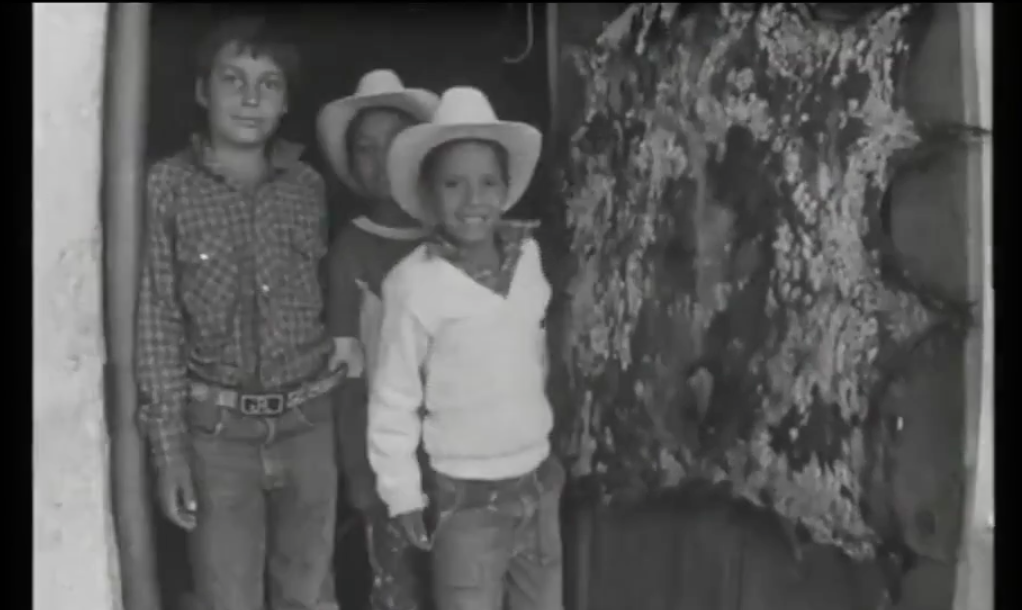
“Chronicles of a Lying Spirit,” Cauleen Smith (1992): The 13-minute film has been described as “less a depiction of ‘reality’ than an exploration of the implications of the mediation of Black history by film, television, magazines, and newspapers.”

Kibens (discussing Smith’s piece in relation to the “I Love Dick” character Paula, played by Lily Mojekwu): “I know Cauleen as a filmmaker; she was involved in Season 3 of ‘Transparent.’ I see Paula as a black woman waiting to see representations of herself. At first, she’s almost waiting for permission from the patriarchy to see herself represented, but eventually she realizes if this is something she wants to see, she needs to take control and make these images and do it for her community. Paula is a curator and Cauleen’s piece layering images from a variety of perspectives, textures, cultures and ideas. I think that’s fascinating.”
“EnchantedForestStrippersNoPoloEasy2Girls[1],” Petra Cortright (2012): You can easily follow Cortright’s contemporary work on Instagram.
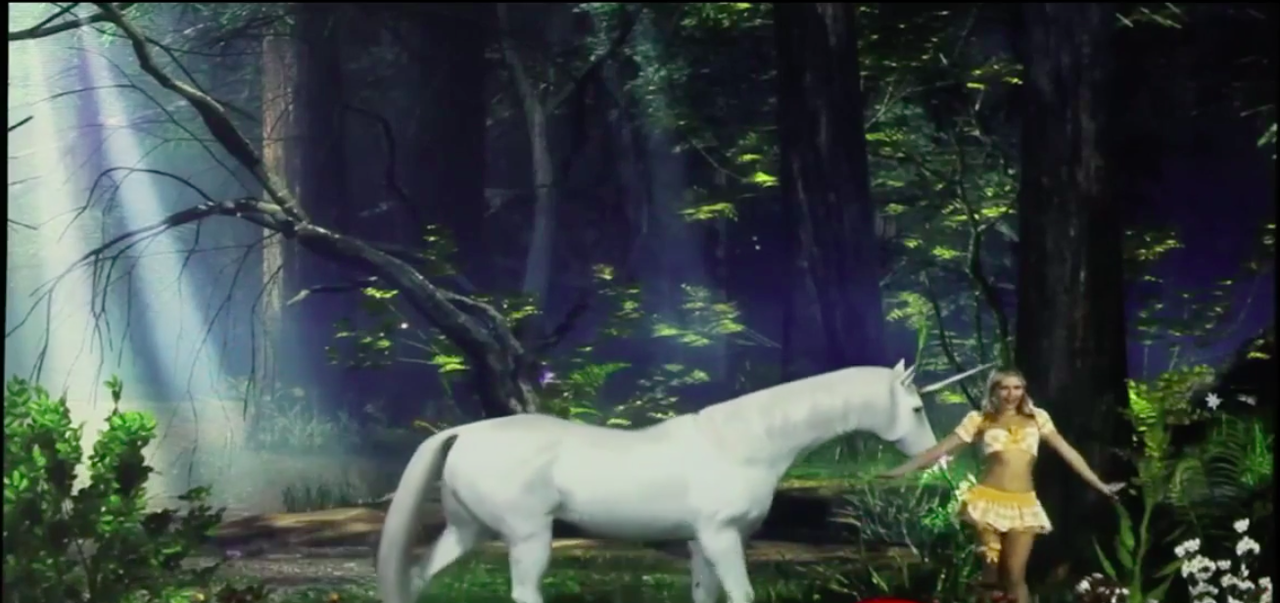
Episode 6:
“Freeing the Body,” Marina Abramovic (1976): A six-hour performance that originally took place at the Mike Steiner gallery in Berlin. Watch it here.
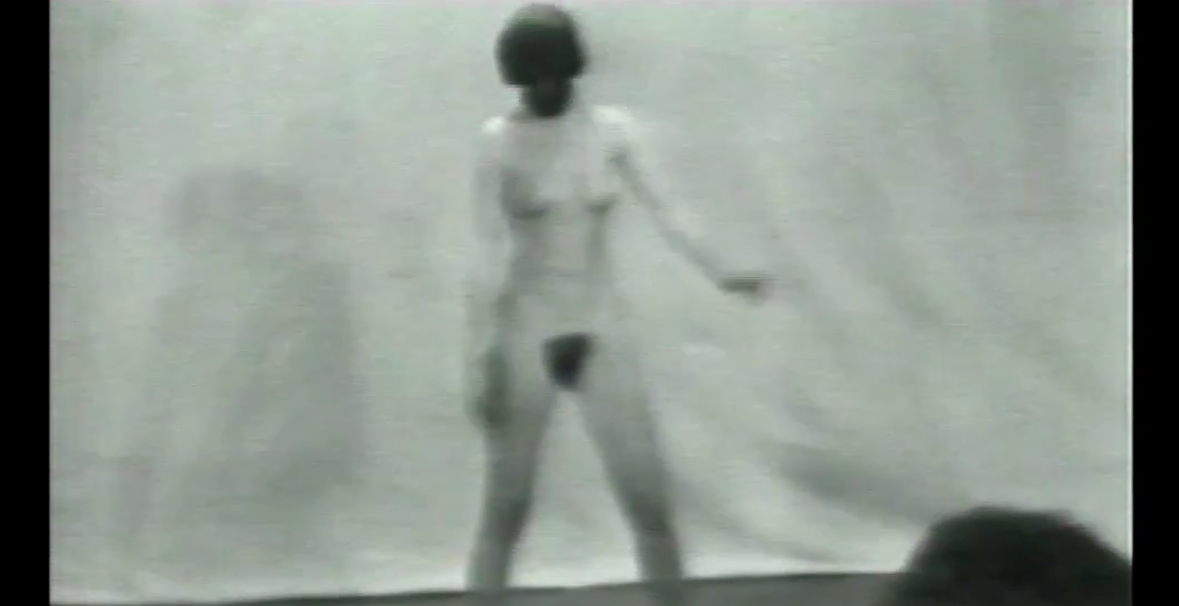
“Post-Porn Modernist,” Annie Sprinkle (1989): The film is “the story of Annie Sprinkle’s sexual evolution told, and explored, through a series of burlesque-like autobiographical multi-media vignettes.”
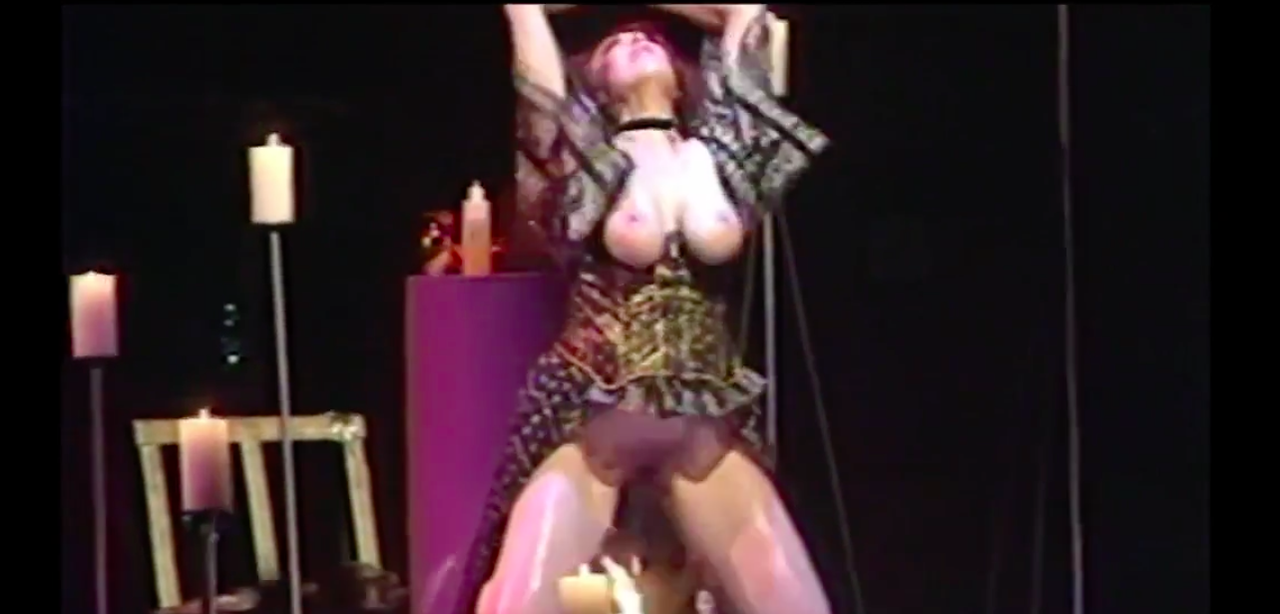
“The Matter of Origins,” Liz Lerman (2010): The artist says that the hourlong multimedia dance work “is about the origin of matter. But it’s also about how we perceive beginnings, discover them, think about them.”
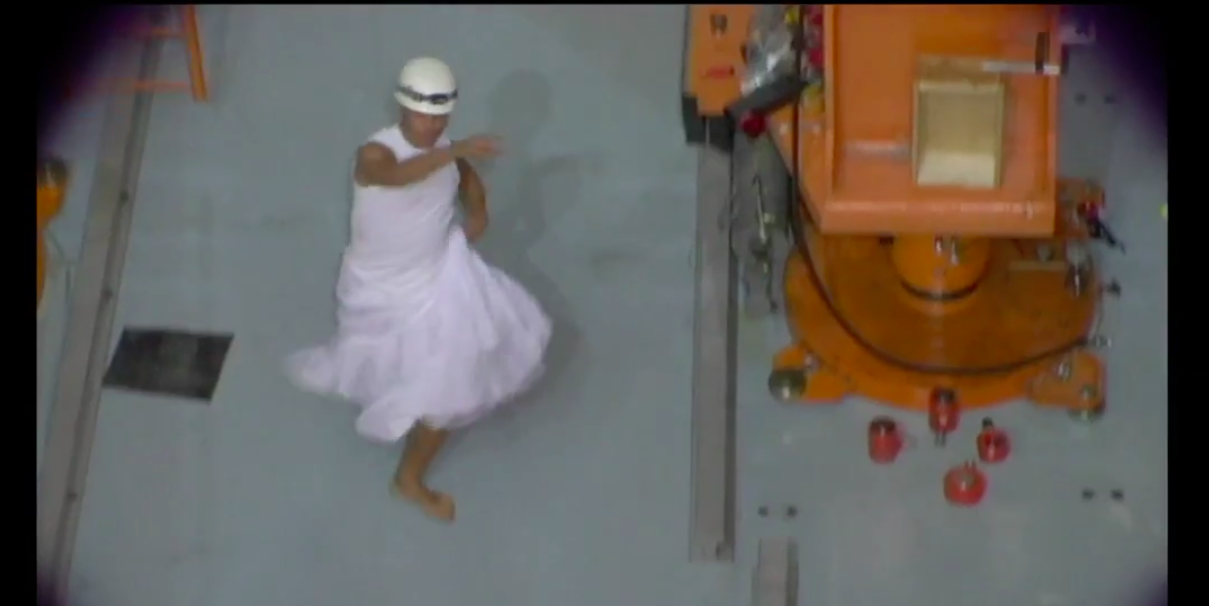
“Up To And Including Her Limits,” Carolee Schneemann (1973–76): The Museum of Modern Art explains the piece with the following description: “Video monitors show a recording of the artist suspended naked above the canvas using her body to paint on it.”
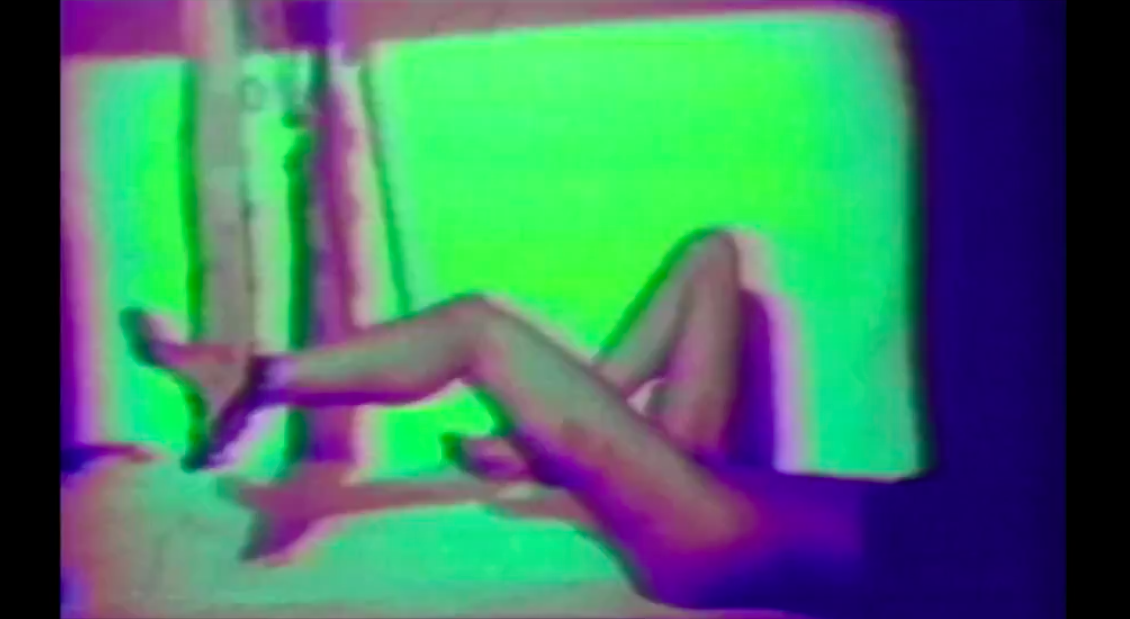
Episode 7:
“Mouth to Mouth,” Stephanie Smith and Edward Stewart (1995): According to the Tate museum in London, it “is a short, black-and-white video depicting a repeated action enacted by the artists,” during which Smith and Stewart share the same breath.

Kibens: “This is a perfect way to visualize the tentative intimacy between a married couple. It’s probably the longest clip featured in the show. It also doesn’t have music. The artist didn’t want us to use any score. With this piece I feel like we were really asking: can we push it this far?”
“Nowhere,” Dimitris Papaioannou (2009): The unconventional dance film is meant to position the stage as a “a spatial mechanism continually transformed and redefined by the human presence to denote any place, and yet designed to be a non-place.” Watch it here.
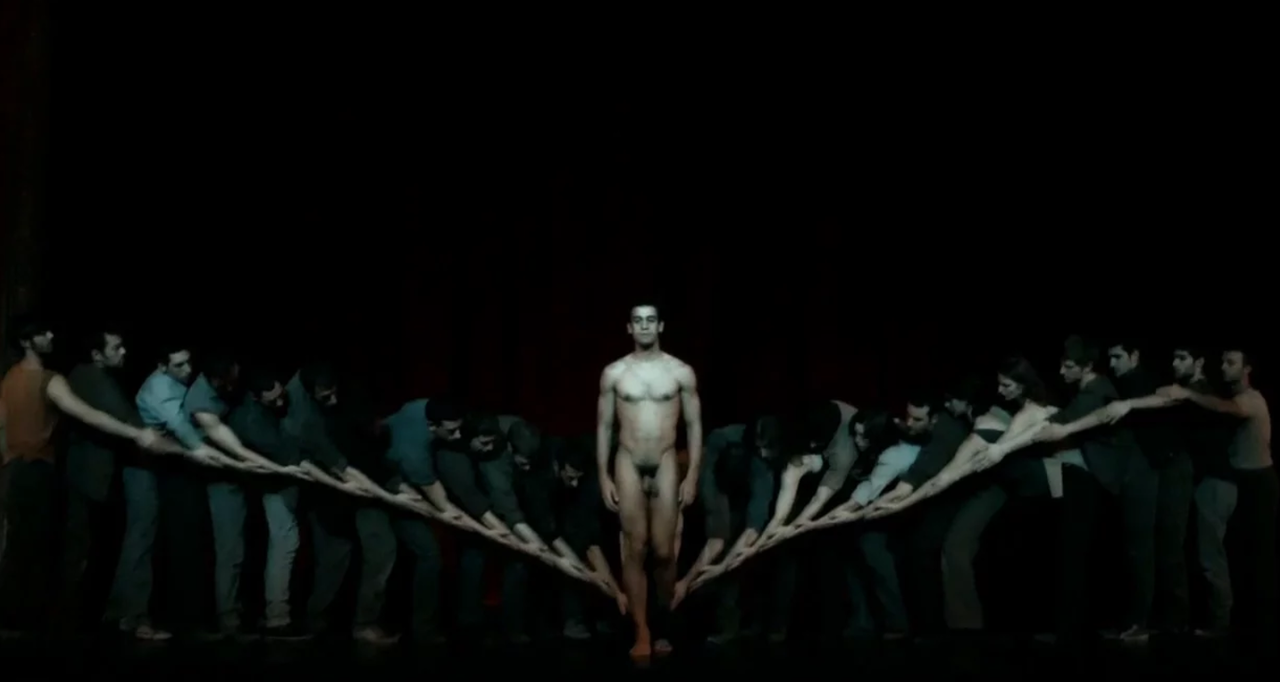
Episode 8:
“At Land,” Maya Deren (1946): A 15-minute silent experimental film is reportedly “about the struggle to maintain one’s personal identity.” Watch it here.
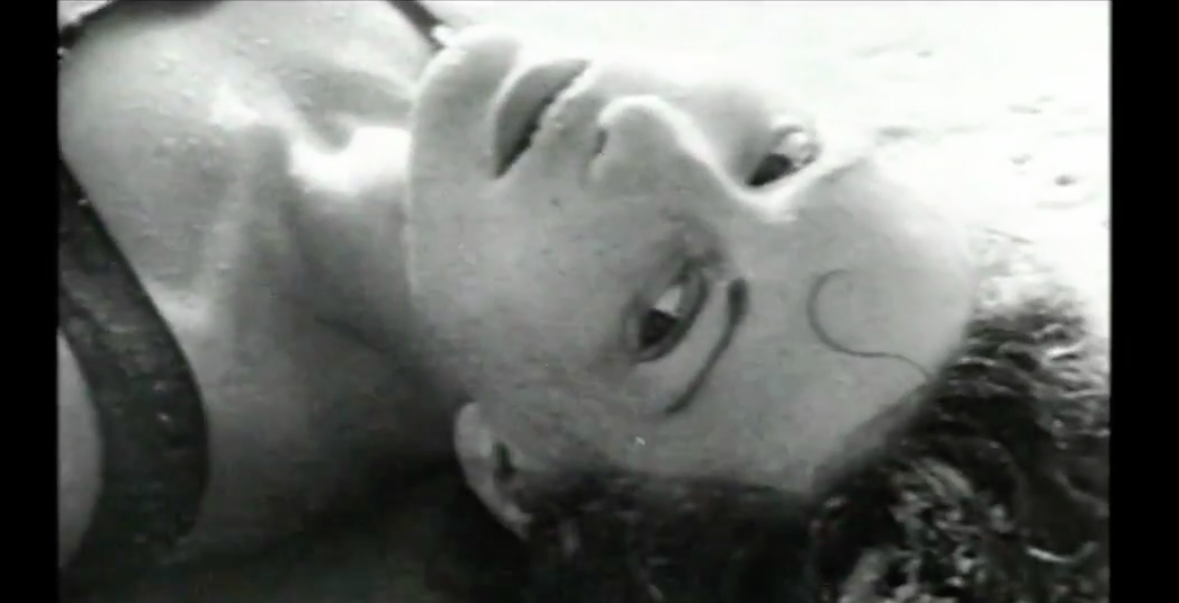
Kibens: “I’ve always been aggressively anti-Maya Deren, since early on in my filmmaking career. Her film ‘Meshes of the Afternoon’ I find really grating, overbearing and pretentious. But then I watched more of her stuff dealing with choreography and montage and she really brings you into this surreal world, where there is no linearity of time and place. When I was watching ‘At Land,’ I realized I had to think of Deren’s work in the context of when she was making it, not the context of today. To be a woman directing the work, putting your body in the work and working in surrealism, which was an aggressively male-dominated genre. Today some of her ideas might seem very cliche and overused, but they were very new at the time.”
“I Love Dick” is available to stream now on Amazon.
